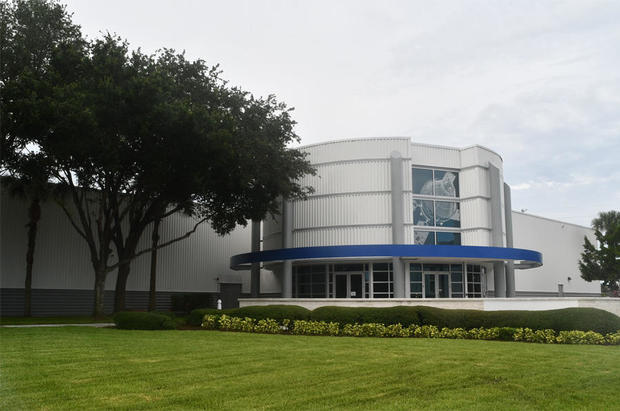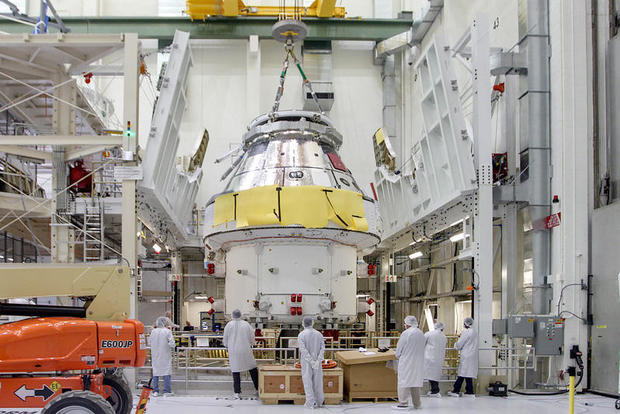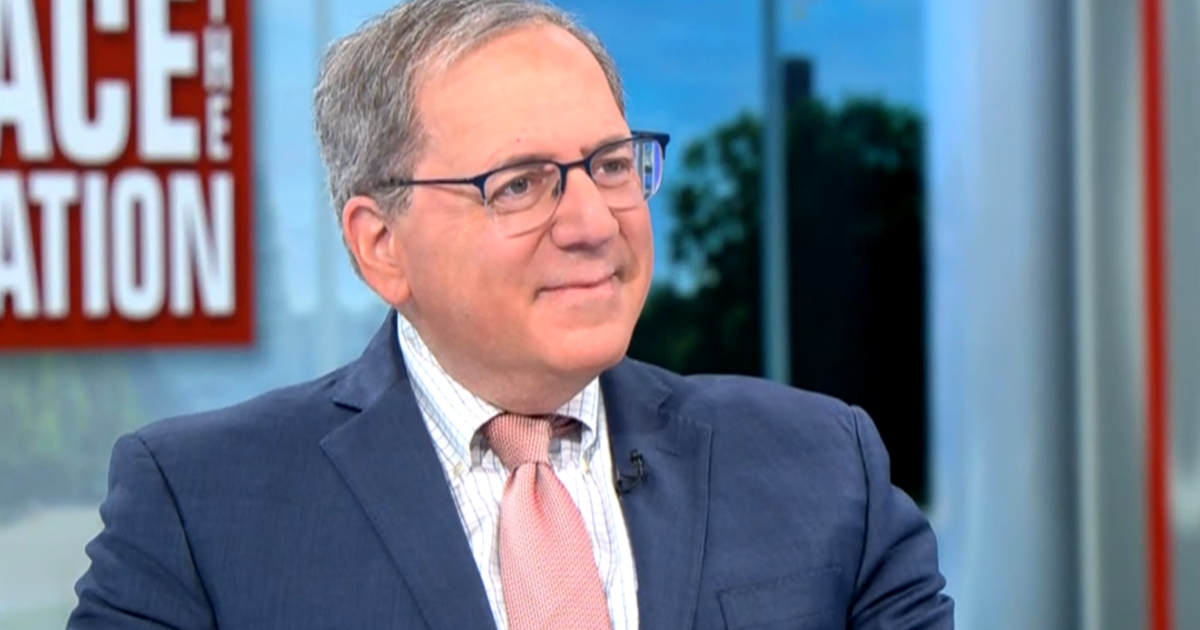Lockheed Martin ramps up assembly of Orion capsules that will carry astronauts back to the moon
Assembly of the Orion capsules that will carry astronauts back to the moon in NASA's Artemis program is ramping up as initial test flights draw near, prompting spacecraft builder Lockheed Martin to take over a former Space Camp facility to expand and modernize production.
The new Spacecraft Test, Assembly and Resource (STAR) Center, dedicated Thursday, will be used to assemble Orion components that up to now primarily have been built in the Neil Armstrong Operations and Checkout Building at the nearby Kennedy Space Center.
The STAR facility will use state-of-the-art cloud-based computing systems allowing managers and engineers at either work site to access the same shared databases for real-time collaboration, including the use of virtual reality in assembly tasks.
"This is a way of automating information flow and dynamic use of that information across the full spectrum," Rick Ambrose, executive vice president of Lockheed Martin Space, said in an interview. "Let's say they need an engineer in Denver (who) could design (an electrical) harness. It would electronically then flow in and actually control the machine that starts to produce it in the STAR Center."
Instead of a full-scale robotic assembly line, "we use augmented reality and virtual reality," he said. "So you'll see some of our techs will have headsets on, they'll actually have instructions inside the headset and it projects onto the Orion Artemis vehicle where to go to mate a connector or put a bolt in or how you go through that procedure."
"It's all trying to mistake-proof and error-proof everything we do."
Lockheed Martin spent 18 months and nearly $20 million acquiring and modifying a 55,000-square-foot building just outside the Kennedy Space Center that once housed the Astronaut Training Experience tourist attraction and before that, a Space Camp educational center.
The first Artemis capsule is complete and awaiting attachment to a Space Launch System rocket being assembled, or "stacked," in NASA's cavernous Vehicle Assembly Building. The agency is readying the heavy-lift rocket for its maiden launch late this year, boosting the Orion capsule on an unpiloted test flight around the moon.
"We're ready to fly," Ambrose said. "We just need a ride."
A second Orion now under construction in the Operations and Checkout building is expected to launch in the 2023 timeframe, sending four astronauts on a shakedown flight -- Artemis 2 -- beyond the moon and back.
Lockheed Martin is working on the third Artemis Orion for the program's first moon-landing mission, along with two follow-on vehicles, under a $2.7 billion NASA contract. A $1.9 billion contract will cover an additional three spacecraft and the company holds options for up to six more on top of that.
All of the Orion capsules will be assembled in the Operations and Checkout Building, but heat shield, propulsion components and a wide variety of other subsystems will be produced at the STAR Center.
"Orion's one of our flagships in digital transformation," Ambrose said. "We do digital (modeling of) the entire vehicle down to the finite elements. And we have that set up so if there's any kind of issue when you go out in space, we can quickly remedy any type of problem that you can see."
While that will not replace hands-on pre-flight testing, "what we're trying to do is streamline it, get more efficient for NASA, shrink back cycle times."
"You've got one set of data, it's a true set that everyone's operating on so you don't make mistakes," he said. "We're trying to mistake-proof everything we do."






